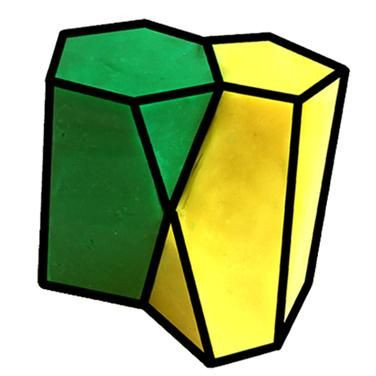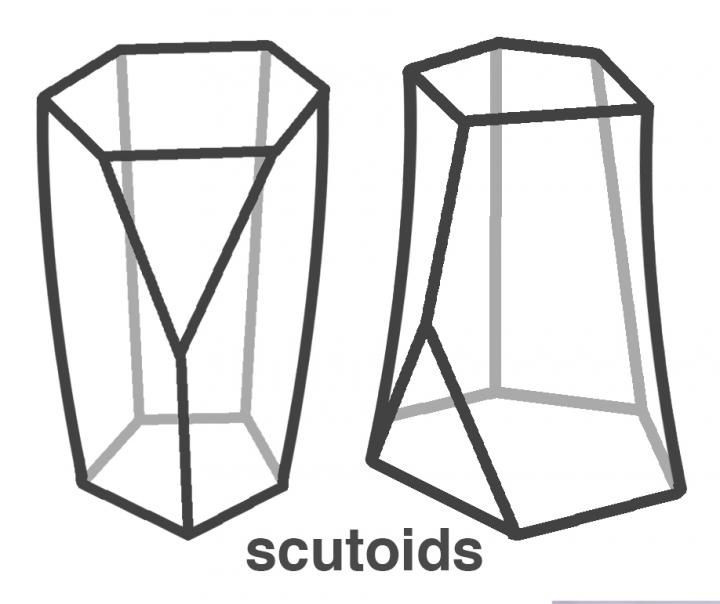Human Skin Cells Reveal A New Geometric Shape

A completely new geometric shape has been discovered by a group of researchers looking into the dynamics of cells that contribute toward the embryonic development and lead to the formation of human organs.
For years, scientists have known epithelial cells are critical for the development of an embryo. They make up the structural tissue, which goes on to form the outer and internal layers of skin and line blood vessels and internal organs.
“The epithelial cells are the ‘construction blocks’ with which an organism is formed,” Luisma Escudero, one of the authors of the study, said in a statement. “They are like 'pieces of Tente or Lego from which animals are made.'”
Millions of these tiny cells sit together in a close arrangement to form organ-developing tissues, but no one had a clue about their exact shape. Scientists mostly presumed the cells either looked like prisms or bottle-like structures.
However, the theory was revised when an international team of researchers conducted lab tests to check the behavior of the cells. They used Voronoi diagramming, a tool used for understanding geometrical organization, and ran a series of computer simulations to take a close look at the arrangement of the cells.
The work revealed the cells could adapt to more complex shapes than described in our books of mathematics.
“During the modeling process, the results we saw were weird,” study co-author Javier Buceta said in another statement. “Our model predicted that as the curvature of the tissue increases, columns and bottle-shapes were not the only shapes that cells may developed. To our surprise, the additional shape didn’t even have a name in math! One does not normally have the opportunity to name a new shape.”
The new shape, according to the researchers, looks like an altered or twisted prism with one of its ends having five edges and other having six. They named it “scutoid” as the structure was very similar to scutellum or the posterior of some insect’s midsection.
The researchers also noted the cells take this shape in order to maintain energy efficiency and keep the developing tissue stable.
“When tissue curves it tends to minimize energy, to be more stable, and for that reason our biophysical data indicates that what these cells do is adopt a scutoid shape," Escudero added in the statement.
That said, it is worth noting the discovery of the new shape isn’t just based on a computational model. The team even checked the bending of epithelial tissues in different animals and found the exact same shapes.

The study titled, “Scutoids are a geometrical solution to three-dimensional packing of epithelia,” was published July 27 in the journal Nature Communications.
© Copyright IBTimes 2024. All rights reserved.





















